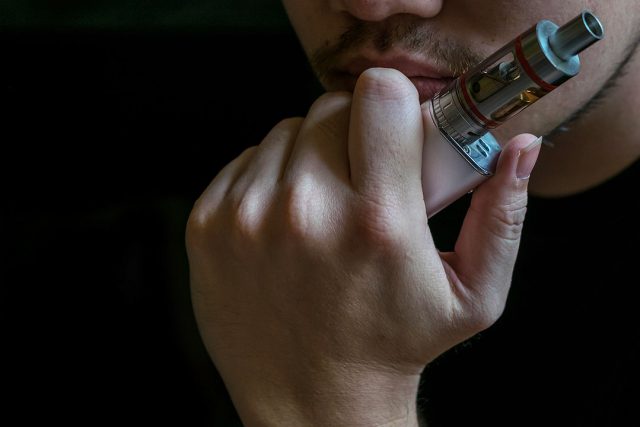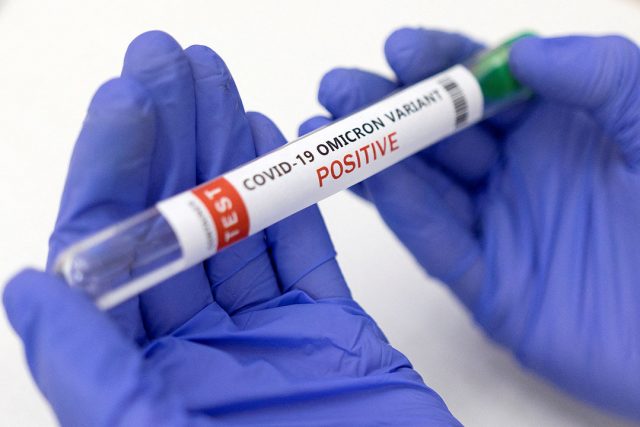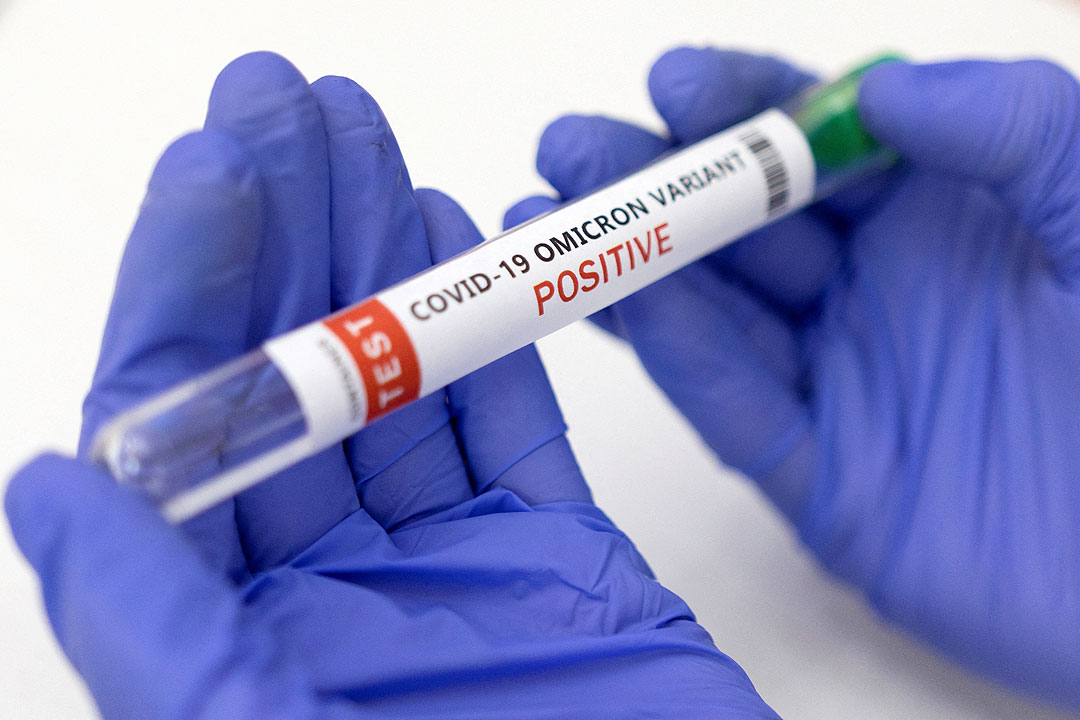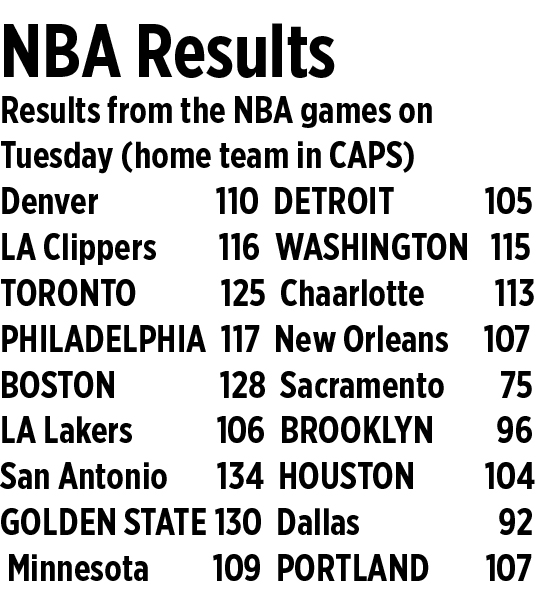A lost cause
In December, the Senate passed a bill on regulating “vaping,” or the sale and use of electronic cigarettes used to “smoke” or “vaporize” nicotine and non-nicotine products. The bill, which is yet to be signed by Malacañang into law, is being questioned by some medical groups, alleging that it paves the way for health risks.
Even the Department of Health (DoH) is against the enactment of the bill, claiming that some of its provisions contradict public health goals and international standards. Unfortunately for those opposed to the vaping bill, time is not on their side. If the President does not veto it soon, the bill will simply lapse into law — questioned provisions and all.
I reckon the matter to be a lost cause for health advocates. Rather than veto the vaping bill, I am inclined to believe the President will actually let it lapse into law. In the first place, had there been strong reservations against its enactment, then executive action would have been swift. But, at this point, I don’t believe such action will be forthcoming.
Why the opposition to the bill? Well, the vaping bill covers the manufacture, use, sale, packaging, distribution, advertisement, and promotion of electronic nicotine and non-nicotine delivery systems (ENDS/ENNDS) and heated tobacco products (HTPs). The bill makes a regulatory distinction between vaping and cigarette or tobacco smoking.
For one, the Department of Trade and Industry (DTI), and not the Food and Drug Administration (FDA), will take the lead in regulating the sale and use of such products as well as setting the standards for such products. Health advocates believe that FDA has greater competence than DTI to assess the safety of vaping items, and thus should be the lead agency in regulating vaping.
Under existing law, sale and use of cigarette and tobacco products are regulated by FDA and not DTI. The DoH is also involved in the process through an inter-agency committee on tobacco. However, if memory serves me, the Philippine Tobacco Institute has challenged in court FDA’s regulatory powers over the tobacco industry, and the matter is still in litigation.
By shifting the regulatory authority over vaping products to the DTI from the FDA, lawmakers in effect are giving support to the tobacco industry’s legal argument that their members should be regulated by the Trade department and not by a health-related agency like FDA. What happens then if the tobacco industry loses it case in court? Will a new law be required to put vaping products under the FDA? Instead of ensuring legislative consistency, it seems that lawmakers are just creating regulatory confusion.
Second, lawmakers have lowered the minimum age for persons allowed to purchase and use vaping products to 18 years from 21 years. Existing regulation on cigarette sale and use, in contrast, is restricted to those 21 years old and above. Why the distinction? Frankly, I cannot understand why legislators lowered the vaping age restriction to 18. What purpose does this serve other than to broaden the vaping market?
Also, vaping products are sold as nicotine- and non-nicotine delivery systems. I do not think sellers will make the strict distinction of selling only non-nicotine products to those aged 18-21. Thus, by lowering the age restriction, the bill now makes nicotine products accessible even to those aged lower than 21. Who benefits from this? And, how does this protect the youth from nicotine use and abuse?
It is not enough that legislators restricted the sale and distribution of vaping products to entities registered with the DTI or the Securities and Exchange Commission. This will not in any way end illicit trade of vaping products online and through social media marketplaces. The unscrupulous will find the means and ways to distribute vaping products, even illegally, for a profit.
Worse, unlike cigarettes and tobacco products, legislators also allowed the advertisement of vaping products, as long as celebrities or social media influencers are not be used as product endorsers; advertisements do not undermine quit-smoking messages; and, advertisements do not encourage non-tobacco or non-nicotine users to use vape. Why even allow vaping products to be advertised in the first place? Advertising serves no other purpose than to market products and boost sales.
I cannot understand why legislators are allowing vaping advertisements after they already banned, in preceding legislation, the advertisement of cigarettes and tobacco products, including their sponsorship of events. Cigarette packs even carry graphic warnings on the hazards of cigarette and tobacco use. I am uncertain if the same is required for packaging of vaping products.
Sad to say, all these concerns are now water under the bridge. In all probability, despite questions on some of its provisions, the vaping bill is as good as law. In just a matter of days, without any presidential action against it, the vaping bill will become law. And I second the opinion of some lawmakers that the vaping bill is more a trade measure than a health measure.
As I have written previously, while I initially supported the creation of the legal distinction between cigarettes and vaping products, I have since changed my mind, having come to the belated conclusion that the two are practically the same. At this point, I prefer that government completely ban all forms or manner of smoking and vaping.
Smoking or vaping, in my opinion, have no known public benefits other than being a source of jobs and government revenue. However, a complete ban is wishful thinking. Such a ban crosses into the realm of freedom of choice and individual rights and liberties. But, I limit my tolerance of the tobacco and e-cigarette industries only because of the jobs and taxes they can generate.
In this line, lawmakers should strictly limit smoking and electronic cigarette use at least to those 21 years and older. And all sales packs for tobacco and vaping products should carry graphic warnings on the ills of smoking and vaping. Moreover, all forms of sponsorship and advertising should be banned for both tobacco and vaping products. And, the FDA — and not the DTI — should be the lead agency regulating the sale and use of cigarettes, tobacco, and vaping products.
I believe that the ultimate objective of any smoking or vaping regulation should be the protection of public health, to reduce the number of related illnesses and deaths as well as public health insurance and public healthcare costs. While tobacco and e-cigarette industries generate jobs and taxes, this should be secondary to public health considerations.
In this line, regular and electronic cigarettes — whether or not they use nicotine — should be at par, and should be regulated and taxed the same way, or at least subjected to the similar regulations and parameters for sale and use, and marketing. They should both be regulated similarly, for their “negative externalities.” Their tax revenue potential should be incidental.
But lawmakers seem to believe that there is distinction and difference between the two, and chooses to “legislate” that distinction by un-levelling the playing field. As drafted, their proposed law on vaping seems to give unwarranted or undue advantage to the vaping industry vis-à-vis the cigarette industry, by allowing their sale to those aged 18-20 and by allowing advertising.
In Makati City, the Makati Parking Authority has put up “no smoking” and “no vaping” signs on sidewalks in the Central Business District. The city does not make any distinction between the two. After all, second-hand smoke from smokers and vapers alike are also scientifically known to possibly transmit the coronavirus to non-smokers. Simply put, e-cigarettes or vaping products and regular cigarettes are just the two hands of the same body. We shouldn’t treat them differently.
Marvin Tort is a former managing editor of BusinessWorld, and a former chairman of the Philippine Press Council











 James made 14 of 21 shots and highlighted his league-leading 22nd 30-point showing with consecutive thunderous dunks midway through the fourth.
James made 14 of 21 shots and highlighted his league-leading 22nd 30-point showing with consecutive thunderous dunks midway through the fourth.
